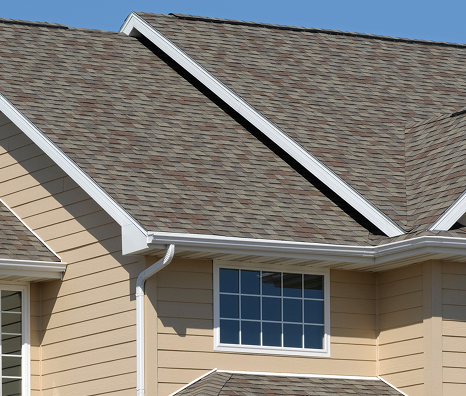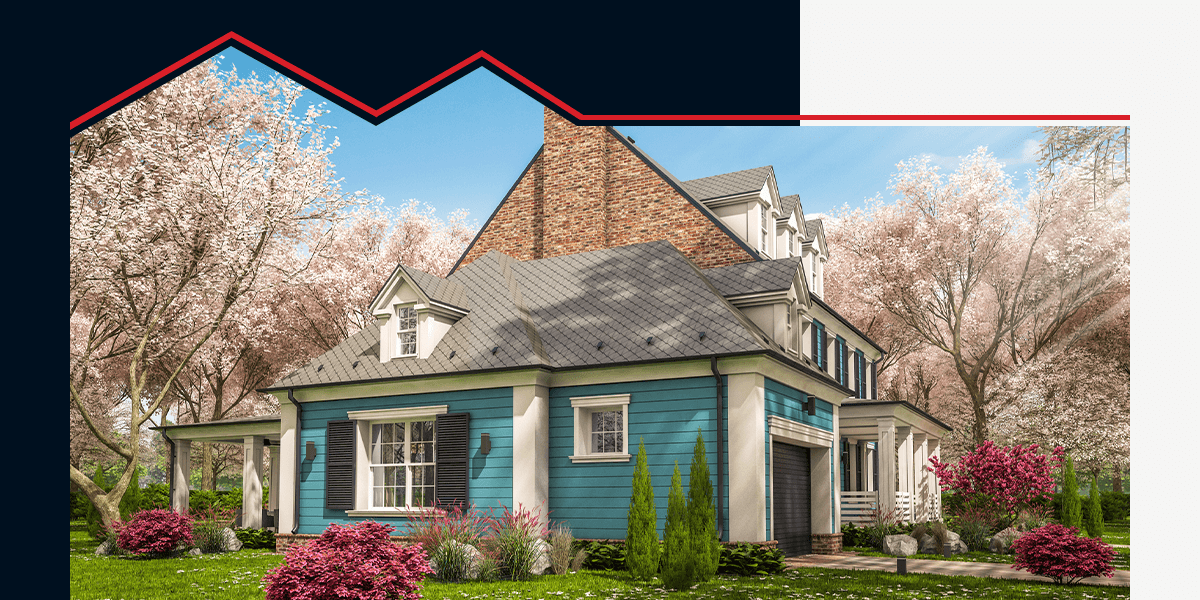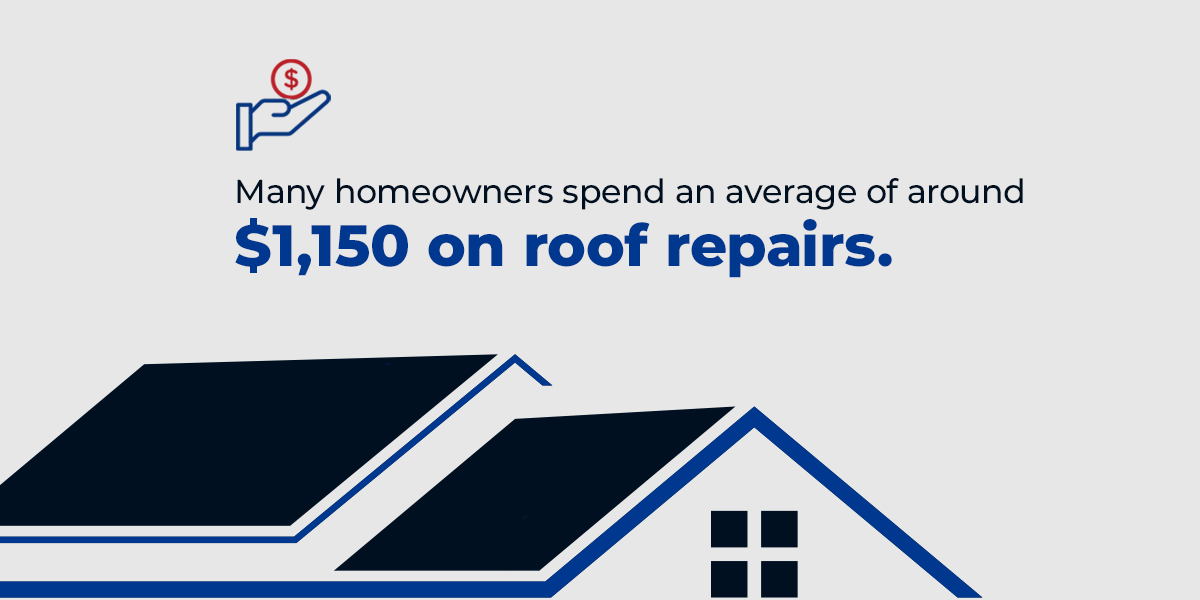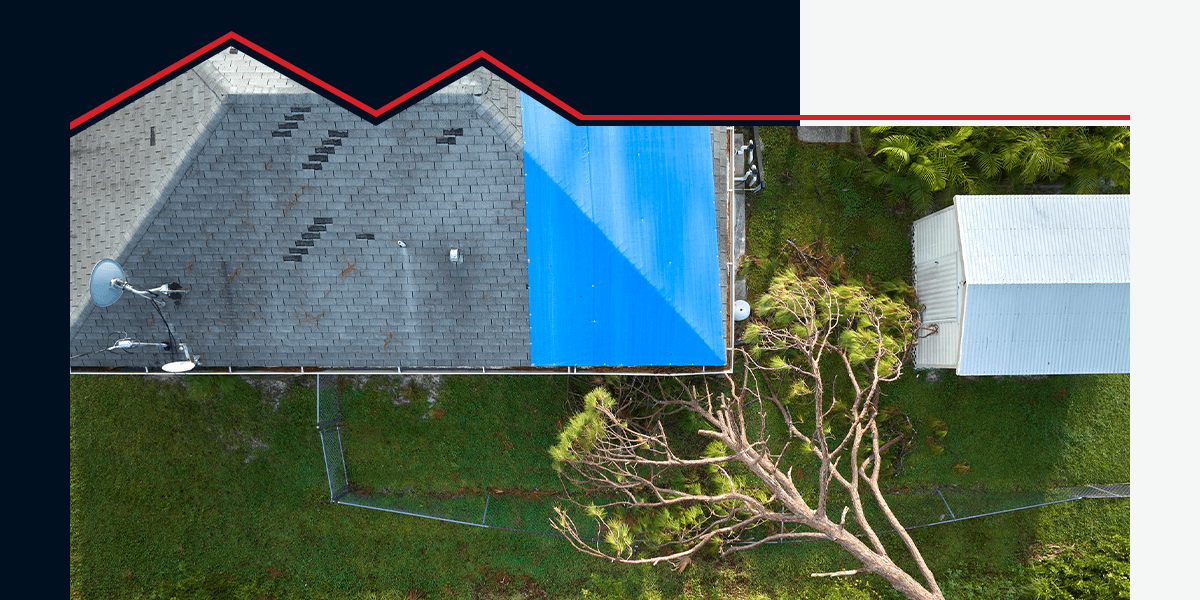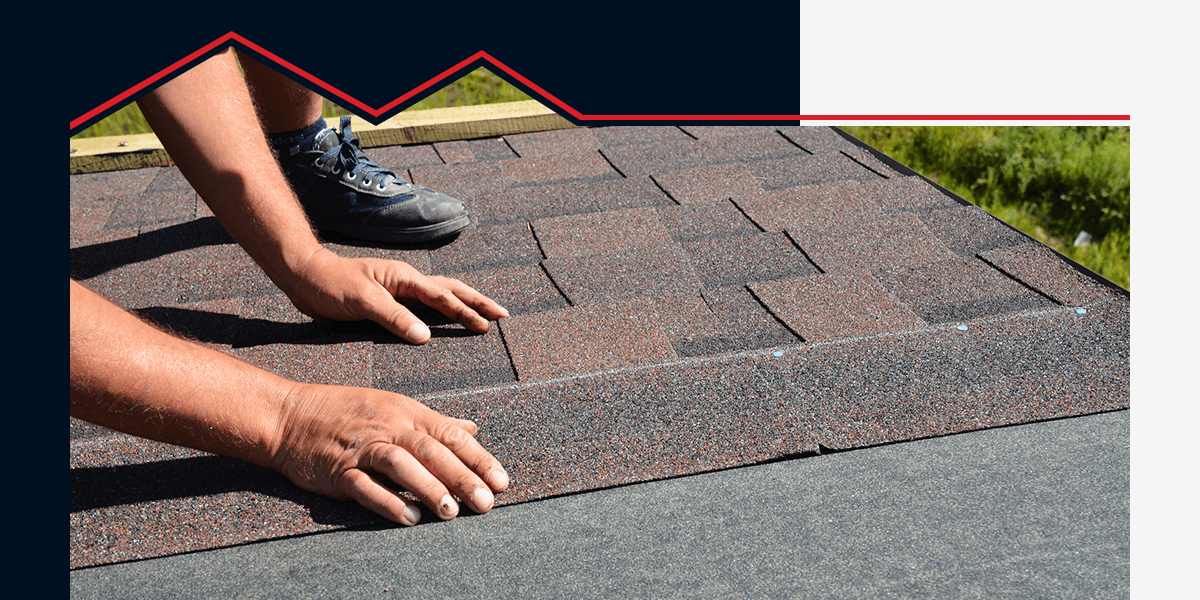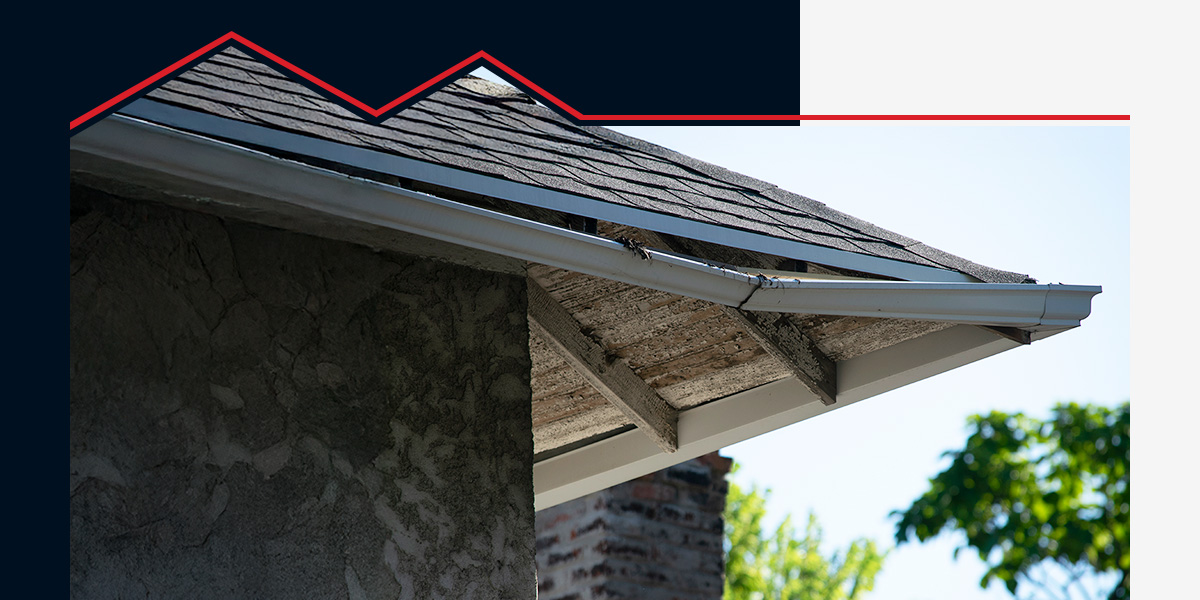Your roof is one of the most important parts of your home. It protects you and your family from the elements while preserving your home’s structural integrity. Given the necessity of your roof, it’s critical to provide the care it needs to function properly and last as long as possible. However, roofing costs can add up, especially if you’re hit with several complications at once. This guide will walk you through common expenses and tips for protecting your investment so you can make informed and cost-effective decisions.
Understanding the Cost of Roof Repairs
To begin making your roofing budget, it’s helpful to keep common expenses in mind. While total costs will differ based on individual circumstances, having a sense of average costs can help guide your saving and spending. Here are some numbers you should be aware of:
- Roof replacement cost: Replacement costs depend on the roofing materials, the size of the roof, and whether the roof has unique angles or hard-to-access locations. A new roof typically costs between $4 and $11 per square foot.
- Annual inspections: Inspection costs will also vary due to numerous factors, such as the depth of the inspection. However, you can find providers with complimentary residential inspections to cut costs and allow you to understand your roofing needs without added expenses.
- Typical spending: Many homeowners spend an average of around $1,150 on roof repairs. Common repairs like hole patching, flashing repairs and leak fixes typically range on the lower end, while repairs like hail damage, sagging and ice dam removal have higher starting points.
Budgeting for Roofing
Now that you have a foundational understanding of roof repair and replacement costs, it’s time to get into the nitty-gritty of common expenses. Budgeting involves understanding your roof needs, previous work and expected timelines. Here, you can find some ideas for budgeting for expected and unexpected maintenance and repair needs.
Roofing Expense Management: Planning for Costs
Creating a roofing maintenance budget starts with understanding your current issues and those you’re likely to encounter sooner rather than later. Check out these tips for planning for roofing costs:
- Understand your roof: Your roofing materials, roof age, and current condition can significantly impact your budgeting needs. Naturally, you can anticipate needing to spend more on an older roof with signs of damage than a newer one with quality materials. Additionally, knowing what issues your roof has faced in the past can help you identify proactive strategies to prevent the problem from reoccurring. For example, if you had a leak in the past, note how much you spent to address it and speak with a professional to determine how to identify the early signs of leaks or prevent them from occurring in the first place.
- Prepare for each season: Each season can bring unique roofing challenges. Strong winds in the fall, winter repairs, and heavy springtime rain can all impact your roof in different ways. Talk to a roofing expert to understand how to weatherproof your roof and plan for expenses ahead of each season.
- Anticipate maintenance: Assume you will need some type of repair throughout the year. Common issues like damaged shingles, flashing damage, clogged gutters, or pooling water may not present immediate problems at first but can grow costly over time. If you’re unsure what issues are common in your area, reach out to a local, experienced professional for tips and advice. Spending a little here and there is the best way to prevent costly challenges down the road.
Additional Roofing Costs: Expecting the Unexpected
Even with careful planning, it’s tough to predict every potential issue. Still, you can prepare for major problems by keeping these factors in mind:
- Weather damage: Understanding your area’s weather patterns can help uncover unique weather-related damage you might face. For example, those who live in locations with harsh winters should understand the dangers of ice and snow damage. You can use this information to take proactive steps to prevent these issues from occurring.
- Roof age: An older roof is more likely to encounter more frequent repair needs than a newer roof. If your roof is reaching the end of its life span, it can be beneficial to set some extra money aside when you can. You may not be able to tell the exact date when you’ll need a new roof, but at least you can reduce the financial strain of replacing it when the time comes.
- Regular inspections: A roofing professional can identify things you may not be able to see on the surface. Requesting regular inspections can allow you to plan and implement solutions quickly. Create an inspection schedule and ask for advice regarding your unique situation to anticipate future needs.
Tips for Long-Term Roof Savings
Other than budgeting, there are several ways to protect your roof. Here’s how you can extend your roof’s lifespan and get the most out of your investment:
- Embrace roof maintenance: Embracing regular maintenance should be one of your top priorities. Professional inspections and routine maintenance strategies can help you identify minor complications before they become costly. Create a regular schedule for tasks like cleaning your gutters, trimming overhanging branches, removing debris and inspecting shingles. Schedule regular inspections and take professional advice to address existing problems and prevent future ones from arising.
- Invest in quality roofing: Roofing materials significantly impact the amount of protection your roof has. Quality materials offer superior durability and long lifespans. You can find energy-efficient, fire-resistant, and weather-resistant roofing materials. Understand the qualities that are most beneficial for your area and invest in the proper materials to unlock long-term savings.
- Understand warranties: Warranties can be excellent cost savers and long-term investment protectors. Understand the types of warranties available and what actions may void your warranty. Determine how long your warranty is available and whether your roofing company recommends specific actions.
- Create a roof maintenance fund: Unfortunately, it’s impossible to plan for every unforeseen event. However, you can make issues more manageable by having a backup plan. If possible, set aside money on a regular schedule to ensure you have some savings in case you need it. Consider setting aside money every paycheck or once a month to create a consistent routine.
- Know when to ask for help: Despite your level of knowledge and preparation, there are times when requesting professional assistance is critical. Whether you just moved in and need to understand your roof’s condition or want long-term insights into protecting your investment, connect with a professional roofing team for peace of mind.
Schedule an Appointment With AmeriPro Roofing
AmeriPro Roofing has decades of experience in the roofing industry. Our team has completed more than 150,000 successful projects and proudly supports customers across more than 12 states. Whether you need an inspection, have maintenance concerns or need a roof replacement, you can trust us to find the right solution. Schedule an appointment with us today.



